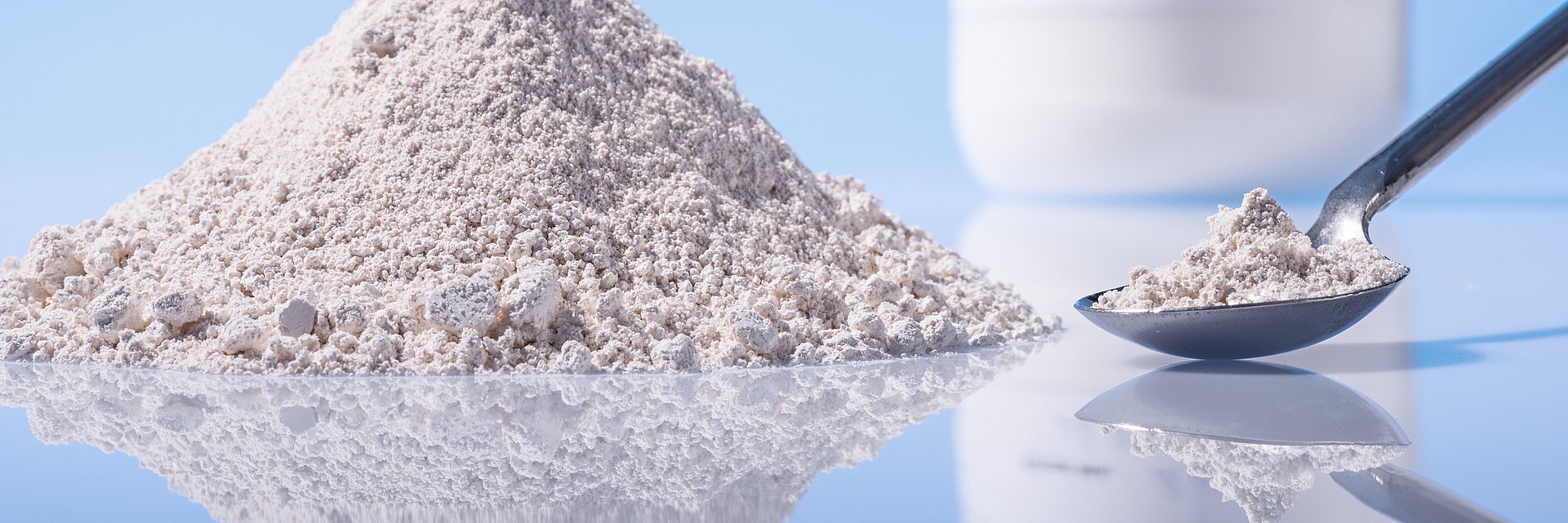Calcination in Rotary Kilns
Calcination is done in both direct and indirect fired rotary kilns of all sizes. In addition, we have developed a process for calcination by means of a sudden thermal shock, in our pulsation reactors. This method subjects the material to extremely rapid heating and cooling which imparts exceptional characteristics that are not achieved by other methods.
One of the most important uses of calcination is still the burning of limestone to form quicklime, that is, converting calcium carbonate to calcium oxide. The term calcination is also used generally for the decomposition of carbonates to metal oxides and CO2.
Calcination is also used for a wide range of other materials, e.g. to convert aluminum hydroxide to aluminum oxide, to fire clay and to drive off the water of crystallization from hydrated salts. Calcination is used as a process step in the production of fine chemicals, catalysts and pigments, making it one of the most universally used chemical processes.
We can carry out calcination treatments conventionally in rotary kilns and perform cost-efficient testing of new processes as well as material ideas or carry out routine production for you to the highest quality standards.
Our pulsation reactors can provide a thermal shock calcination that makes different material characteristics possible. In this form of calcination, the material particles are sprayed into the reaction chamber and heated with a residence time of just 0.1 – 2.0 seconds.
Calcination – Options at IBU-tec
At IBU-tec you can choose to have your material treated under oxidizing, inert or reducing conditions. In indirectly fired kilns, where the heat source is outside the reactor shell, it is relatively easy to create the appropriate gas atmospheres. In directly fired kilns, oxidizing or reducing conditions can be implemented. Reducing conditions are achieved by running the burner with a so-called ‘sub-stoichiometric‘ flame.
The pulsation reactor is a closed system, giving us considerable scope to create controlled atmospheres.
Are you looking for support for projects involving calcination or another thermal treatment? Please do not hesitate to contact us. We will be happy to advise you.

